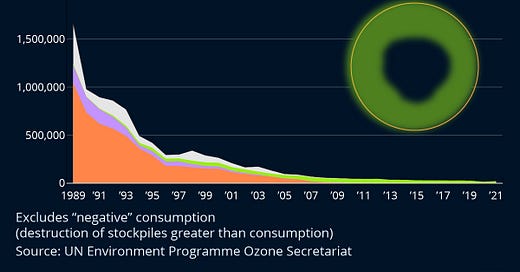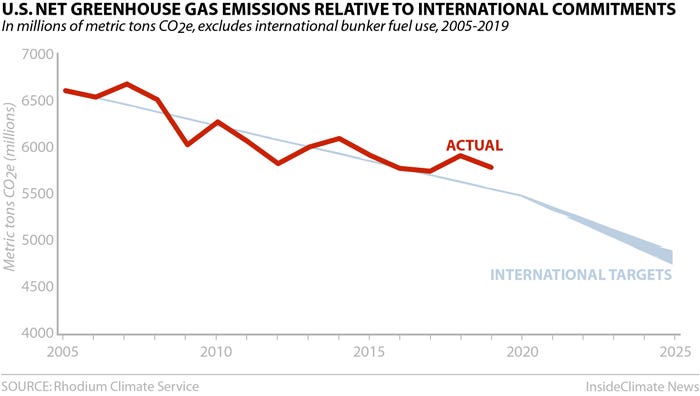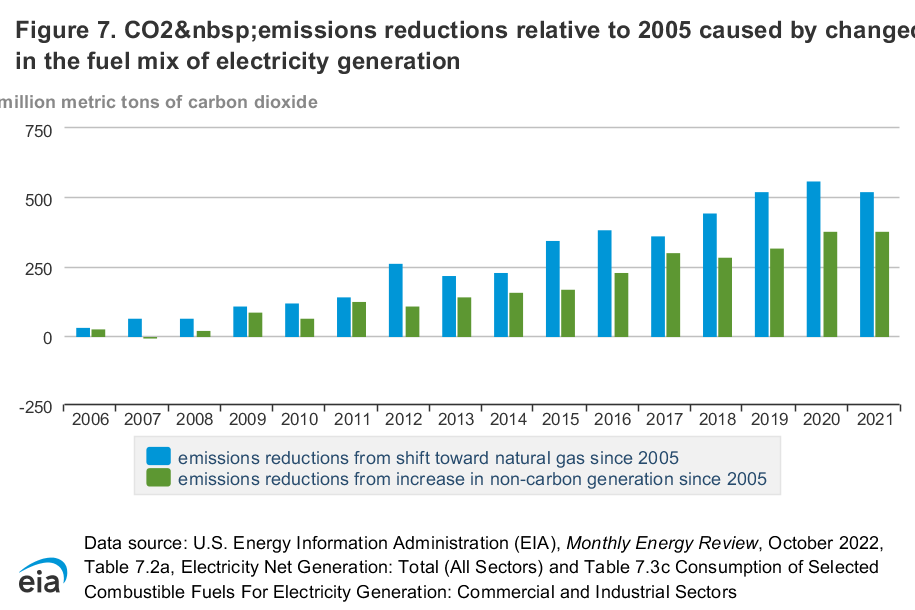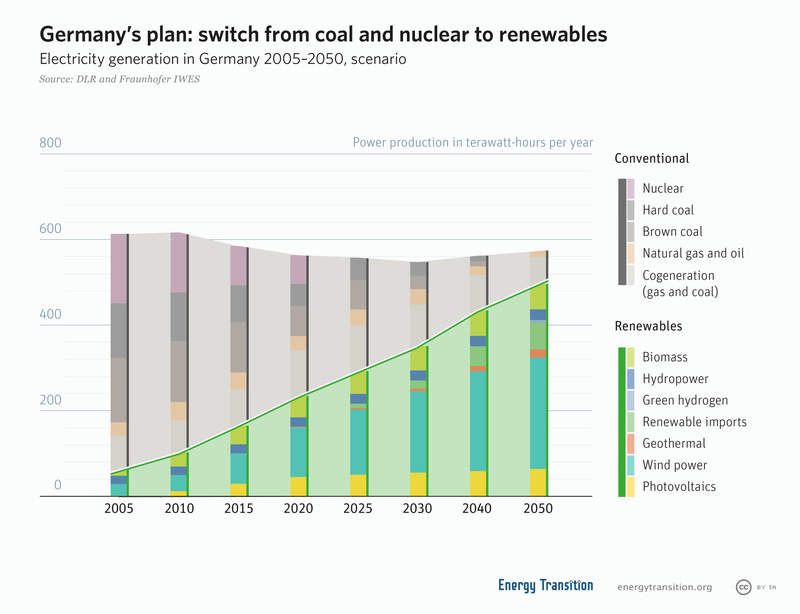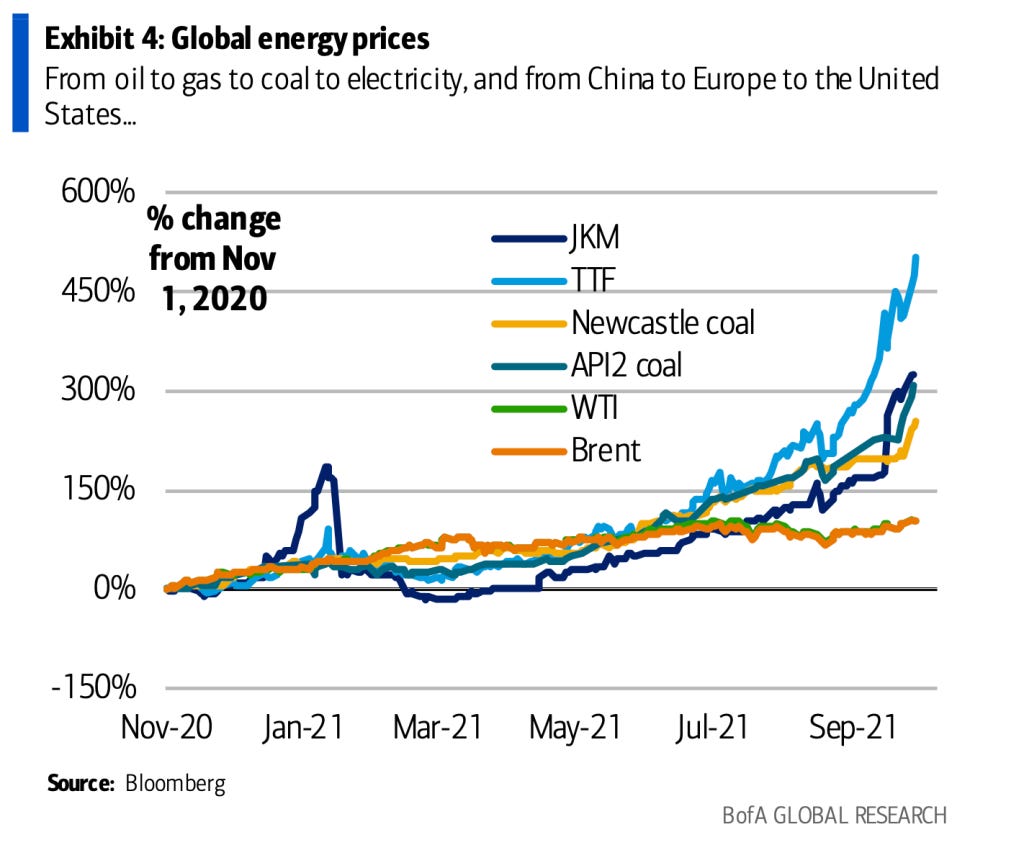The Social Cost of Carbon
Sometimes the cure is worse than the disease. Martha Moody, Best Friends
The Montreal Protocol of 1987 is hail as the most successful international cooperative regulator achievement of it's kind. At last count, 198 parties have ratified the treaty, making for a historic accomplishment. The treaty came about over legitimate-I use legitimate losely-but overstated claims of chlorofluorocarbons (CFCs, a then-widely used class of refrigerants) were getting into the stratosphere and destroying ozone molecules. CFCs were hypothesized to break down the ozone layer and expose humans to excessive ultraviolet-B radiation (UVB) from the sun. The Montreal Protocol's provisions were tightened in 1990 and again in 1992, culminating with a CFC ban in most developed nations by 1996.
What history tells us
If success is measured by the ends instead of the means then at first glance, we can say that The Monteral Protocol was a success. CFCs are non-existent in the developed countries, the ozone layer hole continue to shirk and and no one seems to have notice or remember anything about them. So what does this tell us? The thinning of the ozone layer that was measured in the 80s came to a stop in the early 90s, to soon to give The Montreal Protocol any credit. In a 1998 World Meteorological Organization:
"Since 1991, the linear [downward] trend observed during the 1980s has not continued, but rather total column ozone has been almost constant …"
That same report also indicated that stratospheric concentrations CFCs were increasing throughout 1998.
Translation: natural variations better explain the fluctuations in the global ozone layer. Especially when you consider that developing nation, e.i. India & China, were not covered under The Montreal Protocol.
According to the BBC:
CFC-11 was the second most abundant CFCs and was initially seen to be declining as expected.
However in 2018 a team of researchers monitoring the atmosphere found that the rate of decline had slowed by about 50% after 2012. This new paper seems to confirm beyond any reasonable doubt that some 40-60% of the increase in emissions is coming from provinces in eastern China.
They calculated that there was a 110% rise in emissions from these parts of China for the years 2014-2017 compared to the period between 2008-2012.
Here we have a world treaty with economy implications and president laying the foundation for the Climate Agenda.
America's Serect Carbon Tax
The Supreme Court landmark ruling EPA vs Massachusetts, 2007, paved the way for the Federal Government and it's agencies to regulate CO2 as a pollutant. I got a serect for you, it's not. But that’s a story for another day—now back to you’re scheduled program. They are require to consider the cost of greenhouse gases in there regulation and rule making process. With this work around Congress, President Obama became the first person in American history to put a price on carbon. With authority given to him by the Supreme Court and a Congress unwilling to take up the issue, Mr. Obama got to work. Through executive fiat, his administration introduced the Clean Power Plan or CPP.
The final version of the plan aims to reduce carbon dioxide emissions from electrical power generation by 32 percent by 2030, relative to 2005 levels.[19] The plan is focused on reducing emissions from coal-burning power plants, as well as increasing the use of renewable energy, and energy conservation.[20] White House officials also hoped that the plan would help persuade other countries that emit large amounts of carbon dioxide to officially pledge to reduce their emissions at the 2015 United Nations Climate Change Conference. Whitehouse.gov
The Obama administration, though not the genesis of the Social cost of carbon or SCC—it was concocted during the Regan administration—was the first to implement it and estimated that the SCC would be $36 per tonne in 2015, $42 in 2020, and $46 in 2025.
While the regulation was never implemented, America cut it's greenhouse gas emissions eleven years early without accruing any of the cost of the CPP or European E.S.G. caused energy crisis.
This translates to a 1% emissions drop per annum since 2005. What’s impressive about this accomplishmen—America is the only country to do it—is how we did it. To much chagrin of the radical environmentalists and eco-terrorists, we did it by using natural gas, a fossil fuel!
In a sense of irony, the oil & gas industry is the main reason why America has become so “green".
The canary in the coal mine
The country of Germany has been held as the “green” darling of the environmental movement. One could argue that no one country has used it governmental dictatorial powers more than her. Makes sense: Germany starts with a G, there's even a green in party in control the the government to boot.
The term for what Germany has done and is doing to their electrical grid. It is called Energiewende
The linchpin for Germany's plan was cheap natural gas coming from Russia to replace their base load nuclear fleet. Well a blown pipeline and economic sanctions on Russia derailed Germany's plan. Coal now provides a staggering 31% of German electricity production, up from 8% in 2015. Germany's experiment should help remind policy makers, putting the chart before the horse is a highly disadvantageous poistion.
Germany is only the first domino in the basket case that is the Europe energy crisis. The U.K., France, Czech Republic, & Nertherlands have all experienced energy inflation brought on by foolish policies that made their economies and citizens susceptible to exogenous shock.
Germany's entire economic policy(hence energy policy) was based on taking cheap natural gas from Russia and exporting value add products
According to oilprice.com: Back in August 2022, repo plumbing guru Zoltan Pozsar published a fascinating chart showing how "$2 Trillion Of German Value Depends On $20 Billion Of Russian Gas" or, specifically, how Germany had applied some 100x leverage - much more than Lehman - on cheap commodities, and mostly Russian gas, to cheaply run its export-driven economic miracle for decades.
And with the policy of closing the three remaining nuclear plant, the situation is only to get drastically worse. To be so depent on one commodity for economic and energy policy and on one country for production and delivery of that commodity is akin to putting all your eggs in one basket.
Luckly for me I do not live in Germany and do not have to suffer under this incompetence. And this is how I am going to benefit and grow my wealth.
Keep reading with a 7-day free trial
Subscribe to The Monetary Skeptic to keep reading this post and get 7 days of free access to the full post archives.
